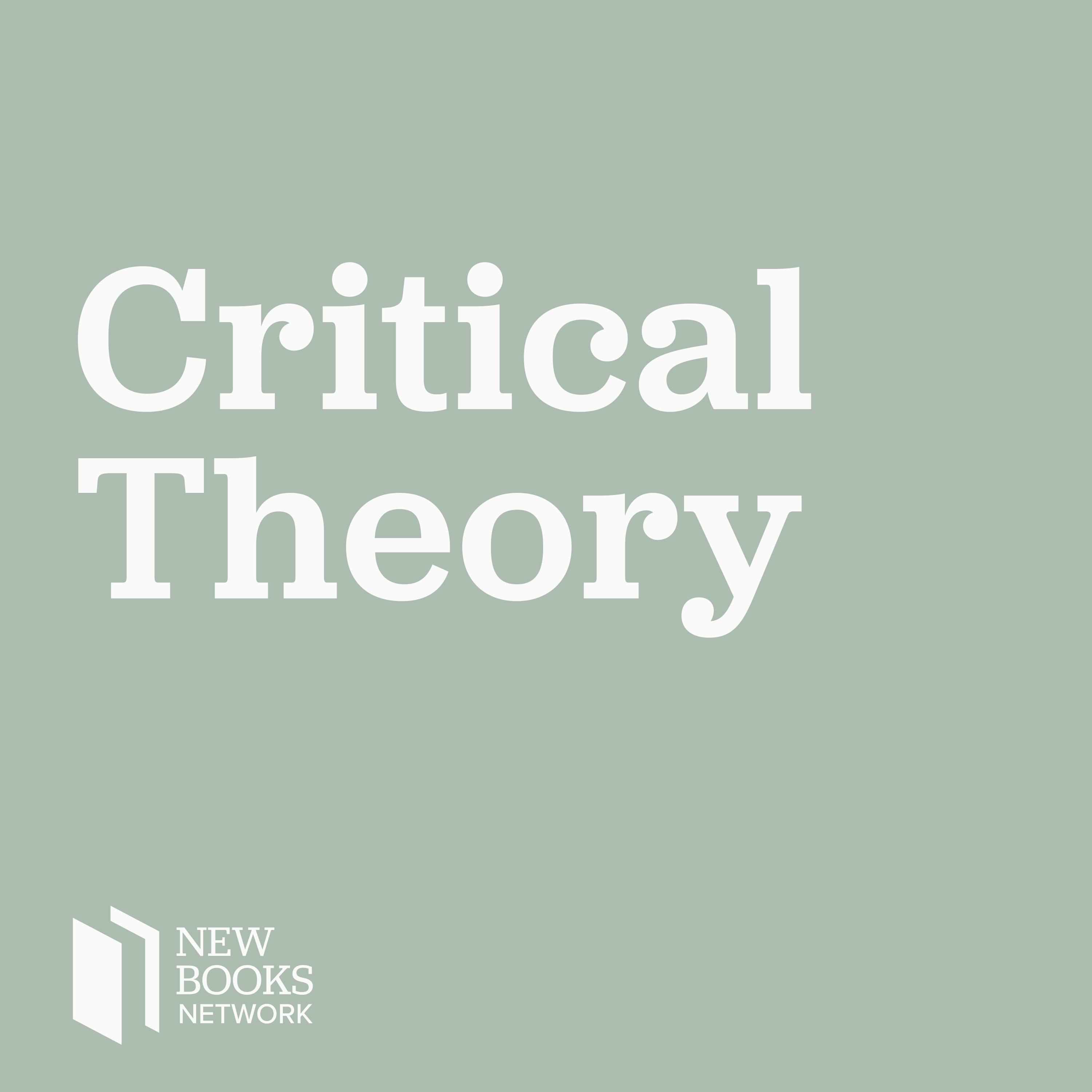
Harriet Atkinson, "Showing Resistance: Propaganda and Modernist Exhibitions in Britain, 1933-53" (Manchester UP, 2024)

New Books in Critical Theory
Deep Dive
Shownotes Transcript
How did exhibitions become a vital tool for public communication in early twentieth century Britain? Showing resistance reveals how exhibitions were taken up by activists and politicians from 1933 to 1953, becoming manifestos, weapons of war and a means of signalling political solidarities.
Drawing on dozens of examples mounted in empty shops, workers’ canteens, station ticket halls and beyond, this richly illustrated book shows how this overlooked form was created by significant makers including artists Paul Nash, John Heartfield and Oskar Kokoschka, architect Erno Goldfinger and photographer Edith Tudor-Hart.
Showing Resistance: Propaganda and Modernist Exhibitions in Britain, 1933-53) (Manchester UP, 2024) is the first study of exhibitions as communications in mid-twentieth century Britain
Harriet Atkinson is AHRC Leadership Fellow and Senior Lecturer in History of Art and Design at University of Brighton
Morteza Hajizadeh) is a Ph.D. graduate in English from the University of Auckland in New Zealand. His research interests are Cultural Studies; Critical Theory; Environmental History; Medieval (Intellectual) History; Gothic Studies; 18th and 19th Century British Literature. YouTube channel). Twitter).
Learn more about your ad choices. Visit megaphone.fm/adchoices)
Support our show by becoming a premium member! https://newbooksnetwork.supportingcast.fm/critical-theory)